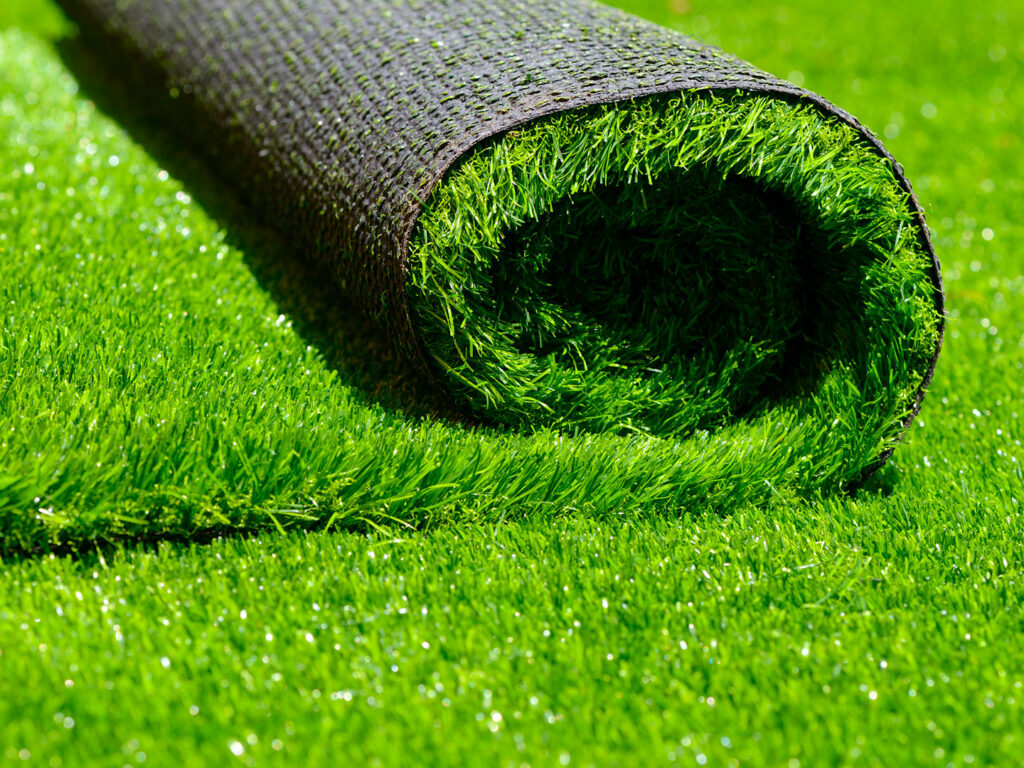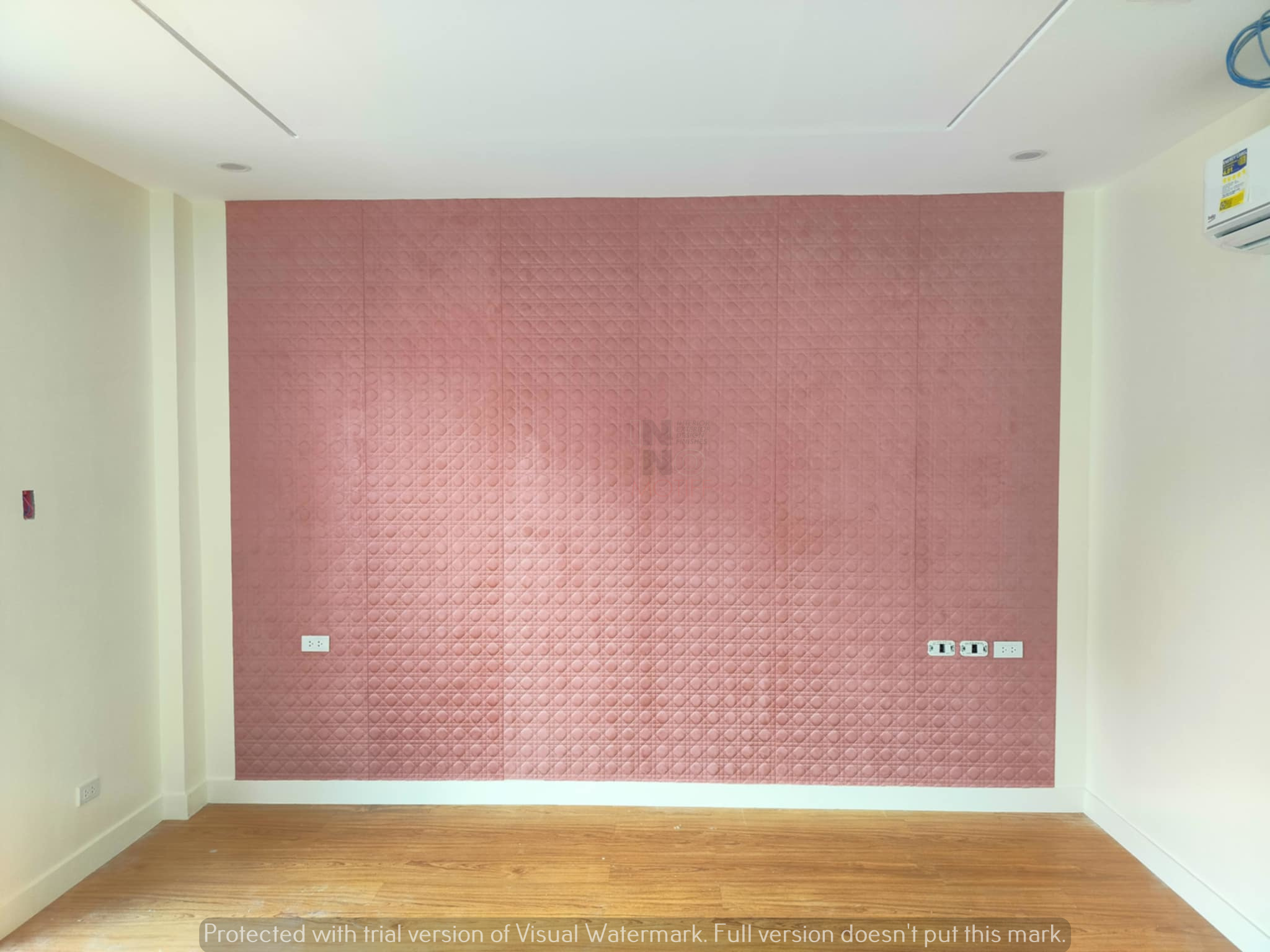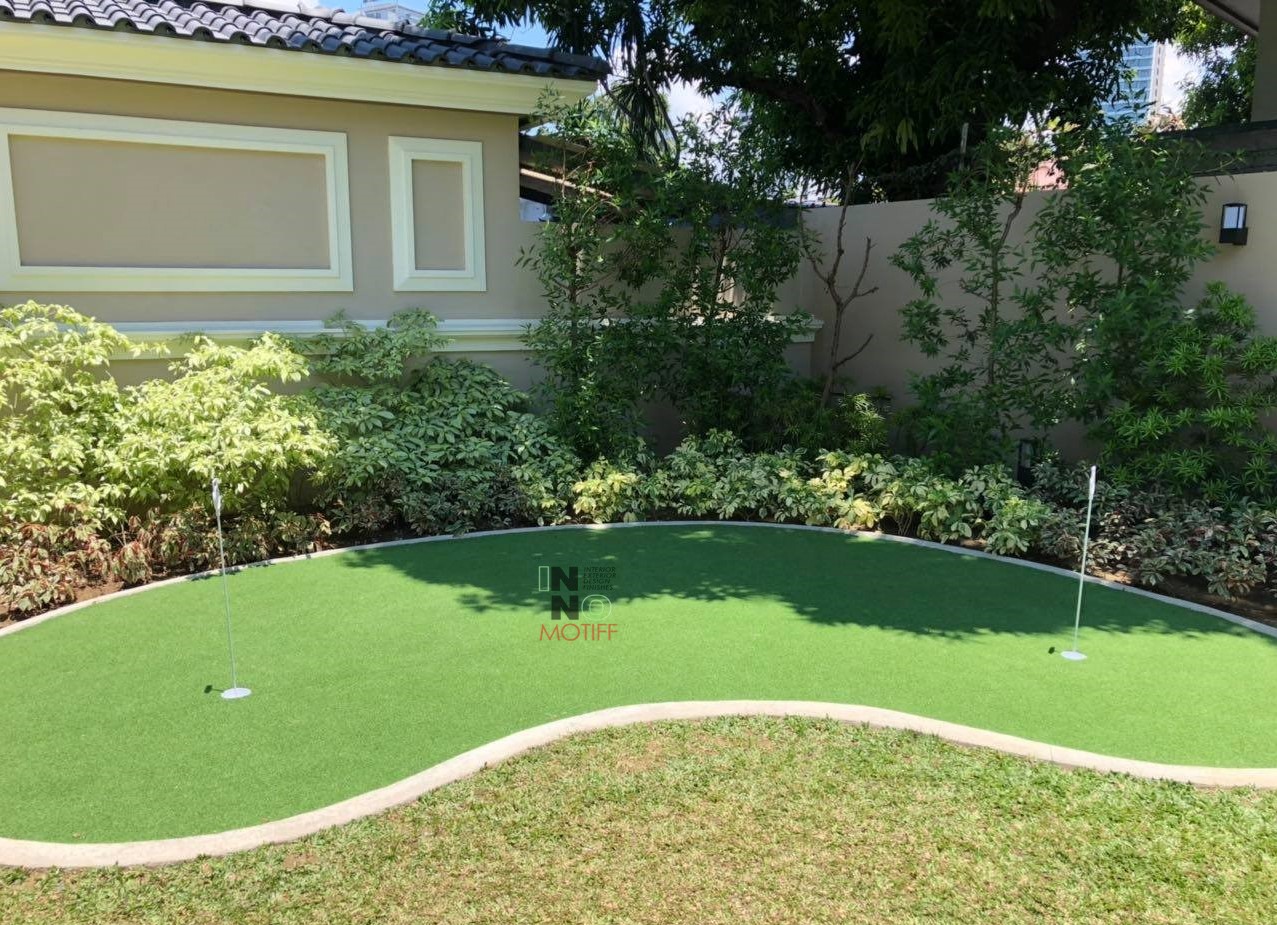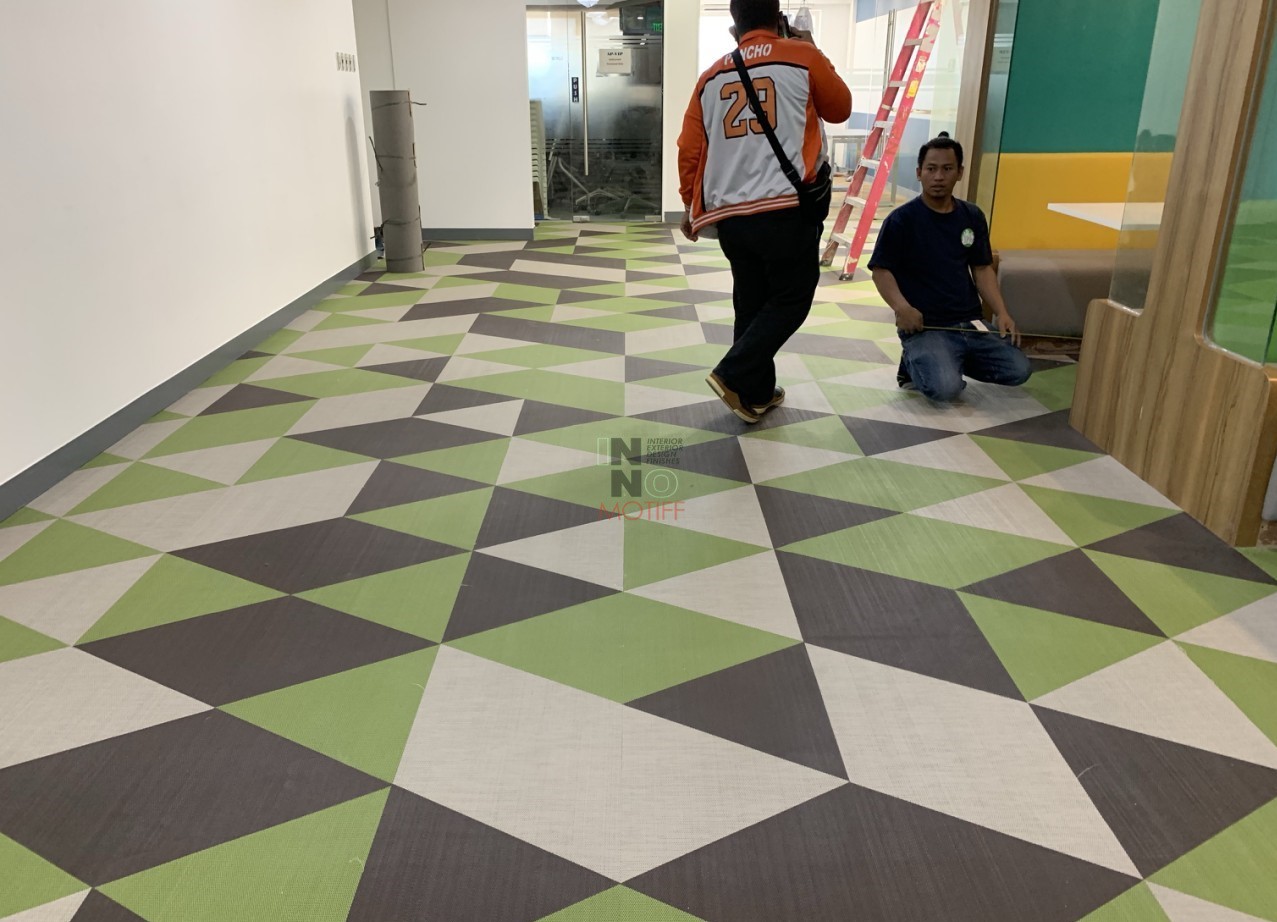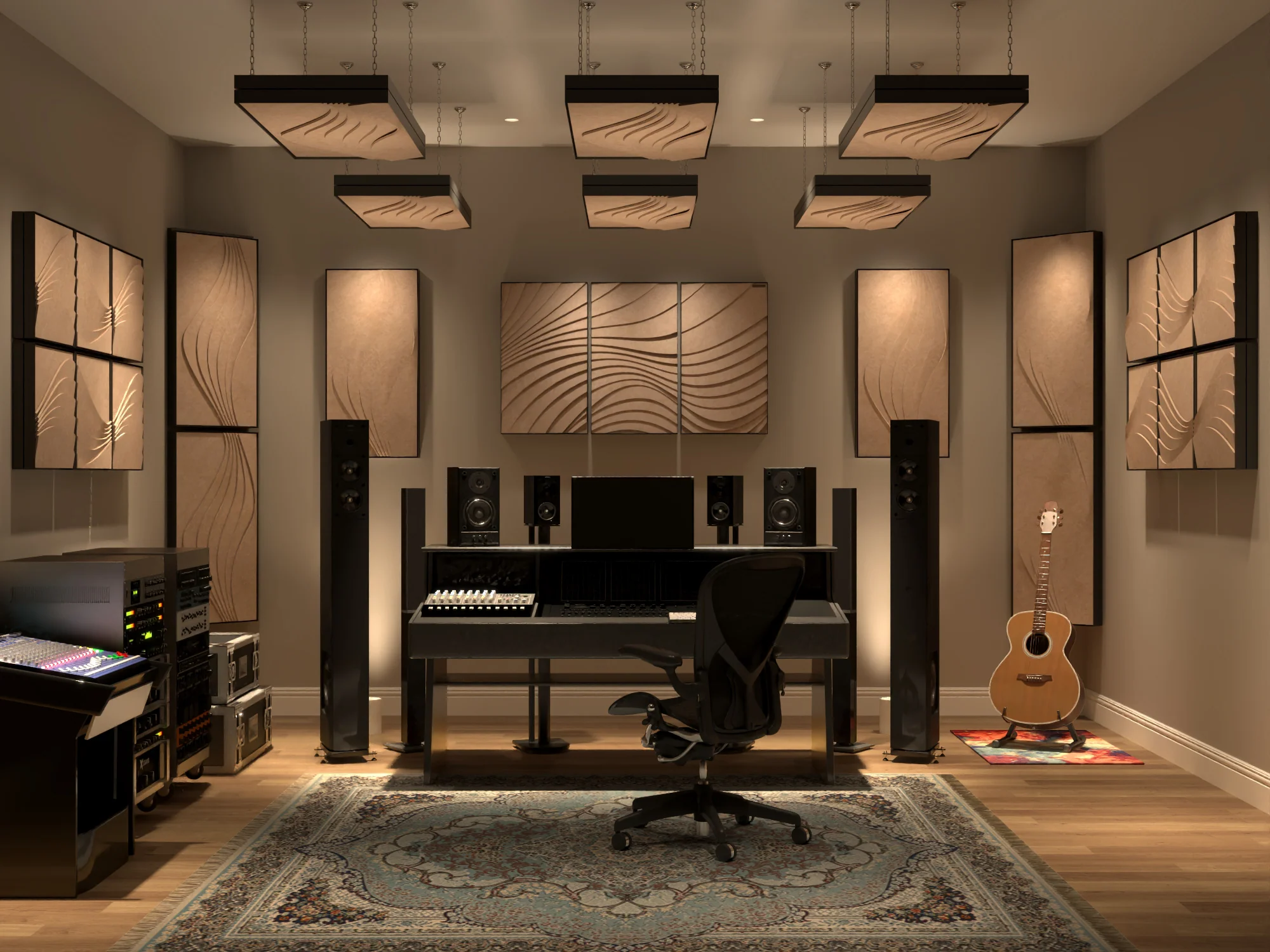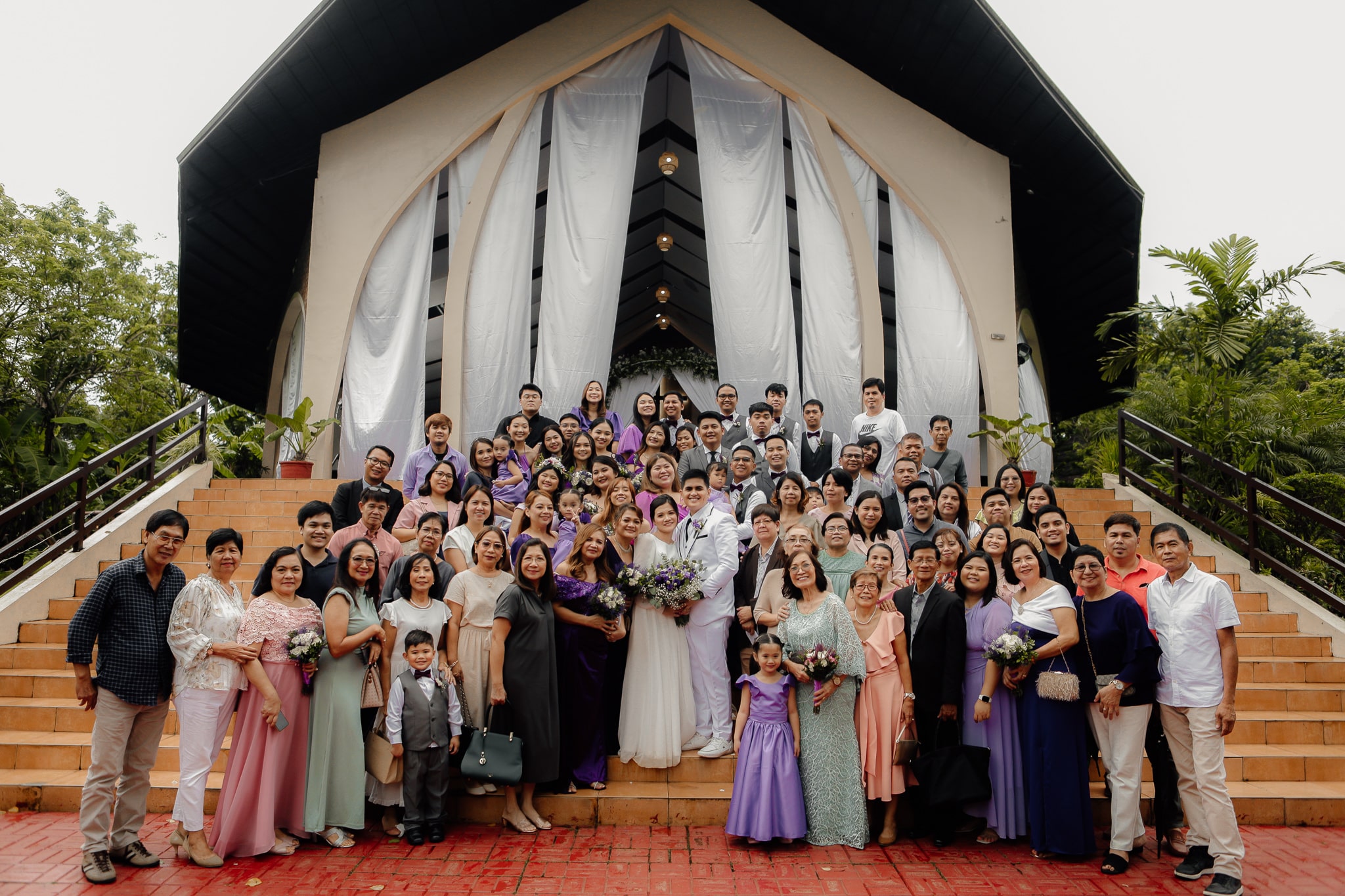Growing Popularity of Artificial Grass in the Philippines
Artificial Grass in the Philippines has become more than just a landscaping trend—it has grown into a practical solution for both homeowners and businesses. With rising urbanization, smaller yard spaces, and the challenge of maintaining real grass in a tropical climate, artificial turf offers a consistent green surface year-round. Many families in Metro Manila condominiums and subdivisions are now choosing synthetic lawns to replace traditional gardens. It has also gained popularity in commercial properties such as schools, restaurants, and resorts where natural lawns are difficult to sustain. Beyond its aesthetic appeal, artificial grass provides a low-maintenance and cost-effective option that suits busy modern lifestyles. Filipinos also value water conservation, making artificial turf an eco-friendly alternative to water-dependent natural lawns. The growing interest reflects a shift toward sustainable, convenient, and stylish landscaping solutions across the country.
Types of Artificial Grass Available in the Philippines
When exploring Artificial Grass in the Philippines, it’s important to understand the different types available. Variations in pile height, density, and texture determine whether a specific turf is best suited for gardens, sports facilities, or playgrounds. Short-pile grass works well for putting greens and futsal courts, while medium-to-long pile options mimic the softness of natural lawns, perfect for residential landscapes. There are also heavy-duty turf varieties designed to withstand high foot traffic in commercial areas. Homeowners can choose between budget-friendly options for small projects or premium imported turf for large-scale installations. Local suppliers often carry cost-effective products, while international brands provide advanced durability and UV resistance for the country’s hot and humid conditions. With so many choices, buyers can easily match their needs with the right product.
Benefits of Installing Artificial Grass in the Philippines
The advantages of Artificial Grass in the Philippines extend far beyond appearance. One of the main benefits is cost savings, as homeowners and businesses no longer need to spend on watering, mowing, or fertilizing. Artificial grass also ensures a perfectly green surface all year, regardless of heavy rain during the monsoon season or extreme heat in the summer. For families with children or pets, synthetic turf creates a safer play area with fewer allergens, no mud, and a cushioned feel. Restaurants, resorts, and event venues find it valuable because it can withstand constant use without losing its visual appeal. Additionally, synthetic grass enhances property value by providing a modern, attractive outdoor feature with minimal upkeep. In terms of practicality and long-term returns, artificial turf offers clear advantages over natural lawns.
Where Artificial Grass is Commonly Used in the Philippines
Artificial Grass in the Philippines has diverse applications across different industries and properties. In residential settings, it transforms balconies, rooftops, and small backyards into green spaces that feel refreshing and inviting. Sports facilities also rely on synthetic turf for football fields, futsal courts, and golf putting greens due to its durability and consistency. Schools and playgrounds benefit from its safety features, as it reduces injuries during playtime and requires minimal maintenance. Hotels and resorts are using artificial grass in poolside areas, lounges, and landscape designs to create lush environments without the challenges of real grass. Restaurants and commercial establishments adopt turf for outdoor seating spaces that remain visually appealing throughout the year. Public parks and urban development projects are also integrating artificial lawns to provide greenery in spaces where natural grass cannot thrive. Its versatility makes it a smart investment for many sectors in the country.
Installation Process of Artificial Grass in the Philippines
Installing Artificial Grass in the Philippines requires proper planning and preparation to ensure long-lasting results. The process starts with site evaluation and ground preparation, including clearing existing vegetation and leveling the surface. For tropical conditions, installing a reliable drainage system is critical to prevent water buildup during heavy rains. Layers of crushed stone or sand are often used as the base to provide stability before the turf is laid out. Infill materials such as silica sand or rubber granules are then added to keep the grass blades upright and improve cushioning. While some homeowners may attempt DIY installations for small areas, professional installation is recommended for larger projects to guarantee durability and proper alignment. Once installed, basic maintenance such as brushing and occasional rinsing helps keep the artificial grass in excellent condition for years.
Cost of Artificial Grass in the Philippines
The cost of Artificial Grass in the Philippines varies depending on the type, quality, and installation requirements. On average, prices range from ₱500 to ₱2,500 per square meter, with basic turf being more affordable and premium imported varieties costing more. Additional expenses include ground preparation, drainage systems, adhesives, and infill materials. For homeowners on a budget, small-scale projects such as balcony turfing can be done at lower costs, while large-scale installations for sports fields or commercial properties require higher investments. Despite the initial expense, many buyers find that artificial grass saves money in the long run by eliminating lawn care costs. When compared to natural grass over five years, synthetic turf often proves to be more economical. With the availability of local suppliers, hardware stores, and online platforms, buyers have multiple options to fit their budget.
Maintenance and Care for Artificial Grass
Caring for Artificial Grass in the Philippines is relatively simple, making it appealing for busy homeowners and businesses. Regular brushing helps keep the blades upright and prevents flattening in high-traffic areas. Washing with water removes dust and dirt, while mild cleaners can be used to eliminate pet odors or stains. For outdoor areas with frequent leaf or debris buildup, using a blower or broom keeps the surface clean. Unlike natural lawns, there is no need for pesticides, fertilizers, or mowing. Homeowners with pets appreciate that synthetic grass prevents muddy patches and remains hygienic with proper care. To maintain its natural look under the tropical sun, periodic inspections and minor repairs can extend the turf’s lifespan. By following these steps, artificial grass can stay attractive and functional for more than a decade.
Environmental Impact and Sustainability of Artificial Grass
Artificial Grass in the Philippines offers both environmental advantages and challenges. One of its strongest benefits is water conservation, as it significantly reduces the need for irrigation in urban households and commercial properties. It also eliminates the use of fertilizers and pesticides, which helps reduce chemical runoff into waterways. However, questions remain about the recyclability and disposal of synthetic turf after its lifespan. Some modern products are now made from eco-friendly and recyclable materials, aligning with sustainable construction practices. In tropical cities where water shortages occur, artificial grass can contribute positively to conservation efforts. Developers also recognize its value in green building projects where low-maintenance landscaping is required. With continued innovation, artificial grass is evolving to become both practical and environmentally responsible.
Choosing the Right Artificial Grass Supplier in the Philippines
Finding the right supplier for Artificial Grass in the Philippines is key to ensuring quality and durability. A good supplier should provide detailed product specifications, warranties, and after-sales support. Buyers are encouraged to check reviews, testimonials, and sample projects before making a purchase. Some suppliers stock ready-to-install turf locally, while others offer imported options with advanced features such as UV resistance and cooling technology. Comparing multiple suppliers helps determine which one offers the best value based on price, quality, and installation services. Asking about warranties and expected product lifespan can prevent costly mistakes. With the right supplier, homeowners and businesses can confidently invest in artificial grass that meets their needs and budget.
Future of Artificial Grass in the Philippines
The future of Artificial Grass in the Philippines looks promising as more industries recognize its benefits. Eco-friendly turf options made from recyclable materials are gaining traction, appealing to environmentally conscious buyers. Urban developments and smart city projects are also integrating artificial lawns to enhance green spaces without the burden of maintenance. Homeowners are increasingly using synthetic turf for creative applications such as vertical gardens and rooftop landscapes. Sports organizations are upgrading facilities with advanced artificial grass that mimics natural turf performance. Hotels and resorts continue to expand their use of synthetic lawns to maintain visually stunning landscapes with lower upkeep costs. As technology advances, artificial grass will likely become more affordable, durable, and sustainable for Filipino consumers.
FAQ: Artificial Grass in the Philippines
Q1. How long does artificial grass last in the Philippines?
Artificial grass can last 8 to 15 years depending on quality, usage, and maintenance practices.
Q2. Can artificial grass handle heavy rain and flooding?
Yes, most artificial grass products are designed with drainage systems that prevent waterlogging even in the Philippines’ rainy climate.
Q3. Is artificial grass safe for pets and children?
Artificial turf is safe, non-toxic, and provides a soft surface that minimizes injuries for kids and pets.
Q4. How much does it cost to install artificial grass for a small home garden?
For small residential projects, installation costs may range from ₱10,000 to ₱30,000 depending on size and turf quality.
Q5. Do I still need to water or maintain artificial grass regularly?
Watering is unnecessary, but occasional rinsing and brushing help maintain cleanliness and appearance.

